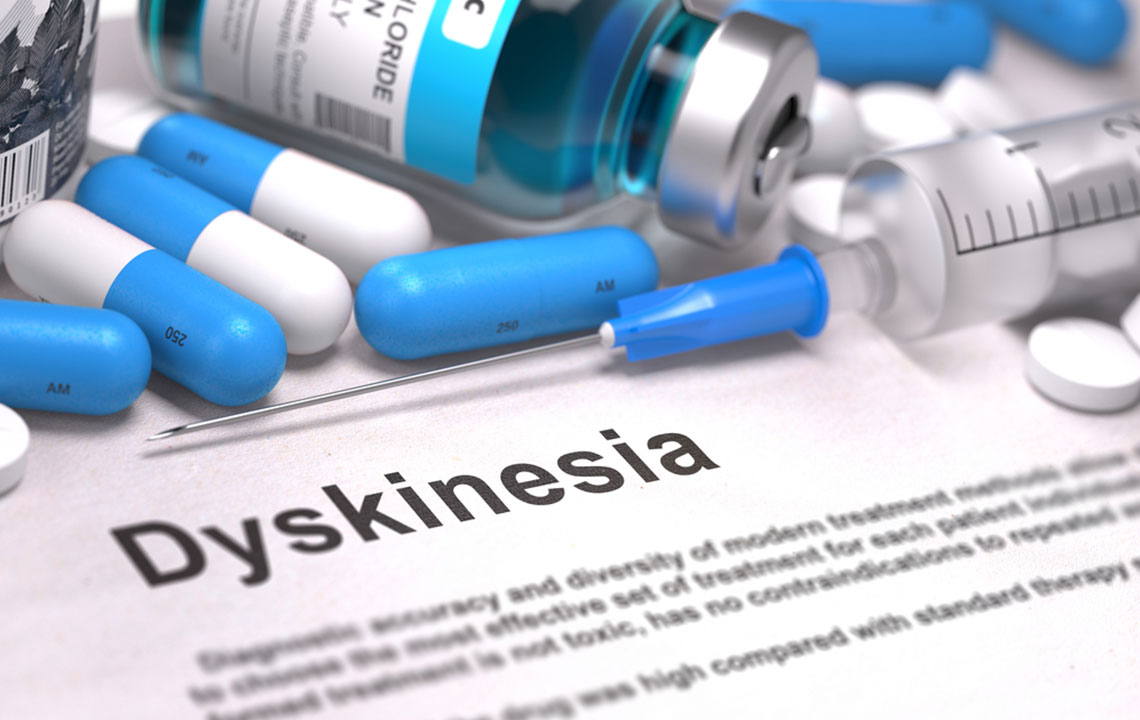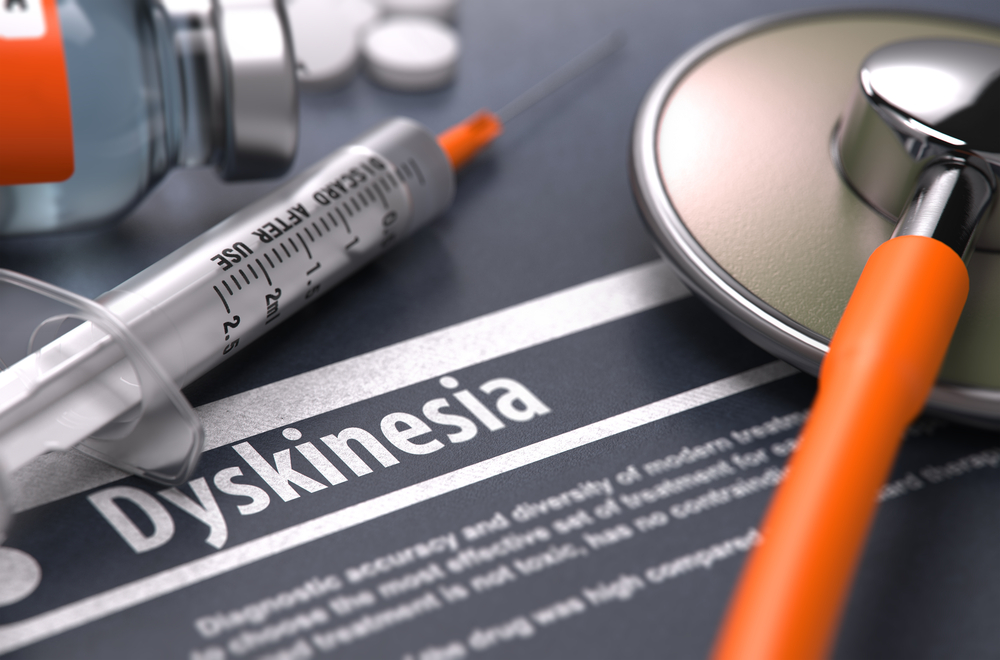Understanding Tardive Dyskinesia: Causes, Diagnosis, and Management
Learn about tardive dyskinesia, a neurological disorder caused by long-term use of antipsychotic medications. Discover symptoms, diagnosis tools like the AIMS test, and current management options to improve quality of life. Early detection and professional medical guidance are vital for effective handling of this condition.

Understanding Tardive Dyskinesia: Causes, Diagnosis, and Management
Tardive dyskinesia is a neurological disorder characterized by involuntary movements affecting facial muscles, the tongue, and other body parts. It commonly occurs in individuals taking long-term antipsychotic medications, especially those treated for mental health conditions like schizophrenia. The condition manifests gradually and can be challenging to diagnose due to overlapping symptoms and delayed onset.
In many cases, prolonged use of neuroleptic drugs that inhibit dopamine production leads to tardive dyskinesia. Dopamine is essential for smooth muscle control and mood regulation. Rare factors such as aging, menopause, and substance abuse can also contribute.
Diagnosing tardive dyskinesia involves a series of tests, including the Abnormal Involuntary Movement Scale (AIMS), blood tests, and brain imaging like MRI or CT scans. The AIMS test helps evaluate the severity and progression of symptoms, focusing on motor disturbances across various body parts.
The management of tardive dyskinesia is primarily supportive, as there is no definitive cure. Treatment strategies include adjusting or withdrawing from causative medications under medical supervision, and exploring newer drugs approved by the FDA that may reduce symptoms. Lifestyle modifications, stress management, and, in some cases, deep brain stimulation are also recommended to improve quality of life.
Monitoring medication use and early recognition of symptoms are crucial for minimizing the impact. Patients should consult healthcare professionals promptly if symptoms appear or worsen, to implement effective management plans and prevent complications.










